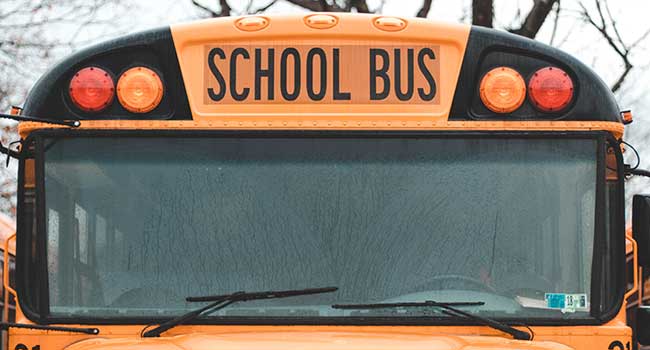
How Pennsylvania Schools Spent the $40 Million Granted for School Safety
After being granted $40 million in school safety funding, school districts used their money in a variety of ways, ranging from video surveillance to yoga training.
- By Kaitlyn DeHaven
- August 07, 2019
Last year, Pennsylvania granted $40 million in competitive grants to 231 districts, charter schools and technical schools for school safety and security upgrades. Most of the improvements made are relatively typical security hardening and softening efforts – more video surveillance and mental health counseling, but some are more original, such as yoga training, “Go-Bucket” trauma kits and bullet proof vests.
Upgrades and additions to video surveillance cameras were the most popular upgrades for districts around the state. According to WHYY.org, only a little below half of the grant recipients plan to spend money on replacing or installing video surveillance.
School security and safety leaders have differencing opinions on whether the surveillance does good or harm in these school districts. Gerald Witmer Jr., who heads the Reading Muhlenberg Career and Technology Center in Berks County, said they ensure that students will think twice before acting inappropriately as they are aware they are being recorded.
“The students know they’re being recorded,” Witmer said. “They know they’re gonna be accountable. They know the story they give better match what the video shows.”
However, Chad Marlow, senior advocacy and policy counsel with the American Civil Liberties Union (ACLU), said that the cameras might harm the student by deteriorating trust.
“I don’t think the schools of Pennsylvania are going to turn into a totalitarian state,” Marlow said. “But I don’t think that there’s any question that surveillance has adverse impacts on people’s sense of freedom and liberty. And freedom and liberty are very important in an academic environment.”
Many schools went the mental health route instead of the video surveillance route, and chose to train or hire staff to help students with their mental health, whether it be from their living situations, past experiences, or present experiences.
New Castle Area School District in Lawrence County said that their grant would help their students who live in severe poverty.
“[It will help] prevent and mitigate the significant effects of trauma that have resulted from New Castle’s youth growing up in a state of chronic stress due to the impacts of living in severe poverty.”
A few schools plan to use their funds to purchase reliable radio communication equipment, such as radio towers, frequencies from the FCC, portable radios, school bus radios and FCC licensing costs.
According to WHYY.com, some of the most miscellaneous purchases districts and schools plan to make with their grants include:
• Seven license plate readers
• Bullet proof vests and “active shooter” vests
• Yoga training and “escape ladders”
• “A 125-foot walkway”
• Backup generator
• Rave Panic button software
• “Go-Bucket” trauma kits
• Cameras equipped with “night vision”
• “Skyward Data Management Program for “complete academic and mental health documentation
• Seven “School Gate Guardian Kiosks”
• “Airlock sensors” for entrance doors
About the Author
Kaitlyn DeHaven is the Associate Content Editor for the Infrastructure Solutions Group at 1105 Media.